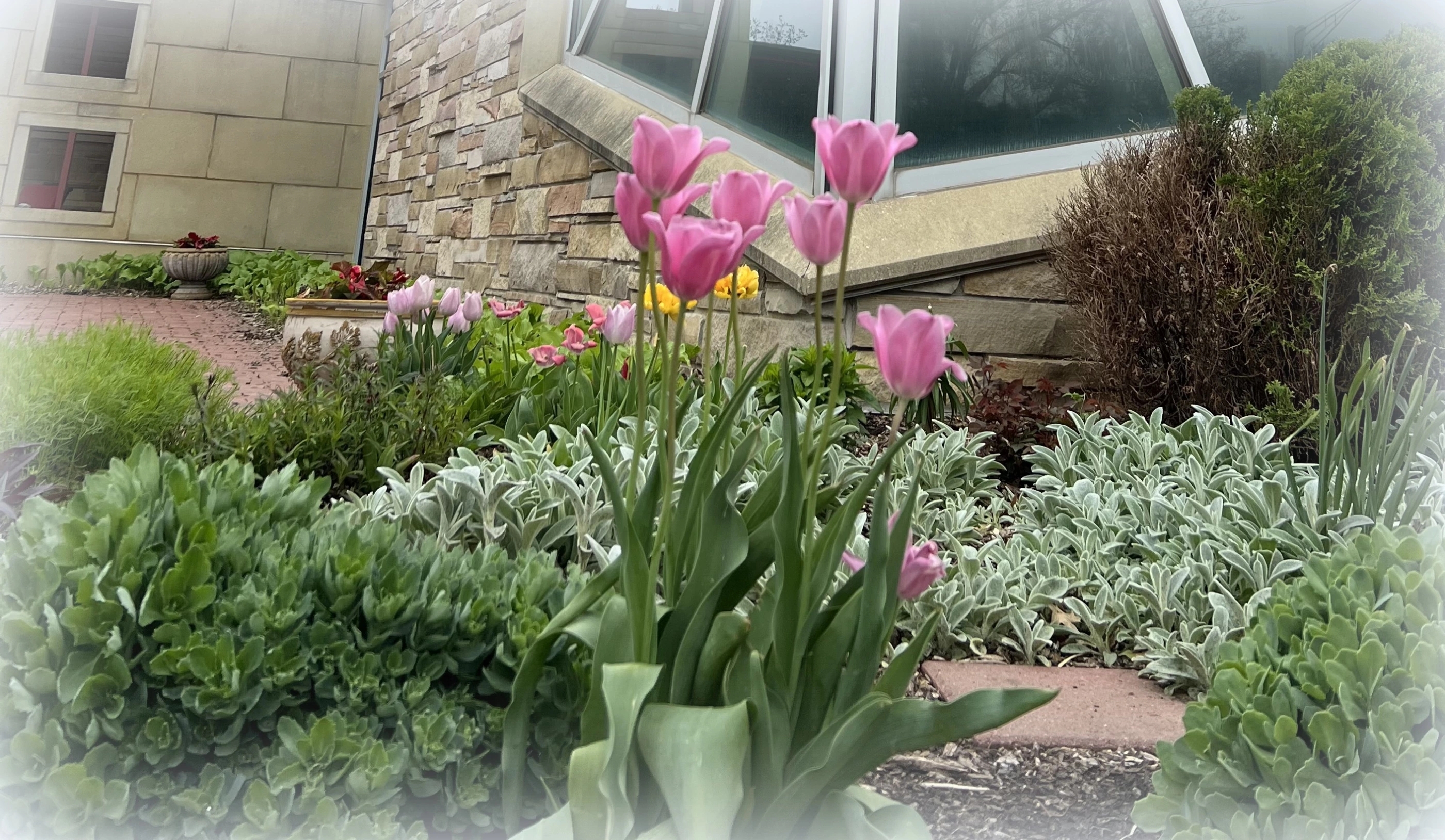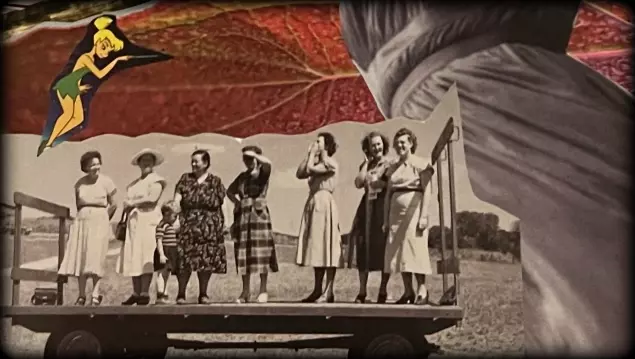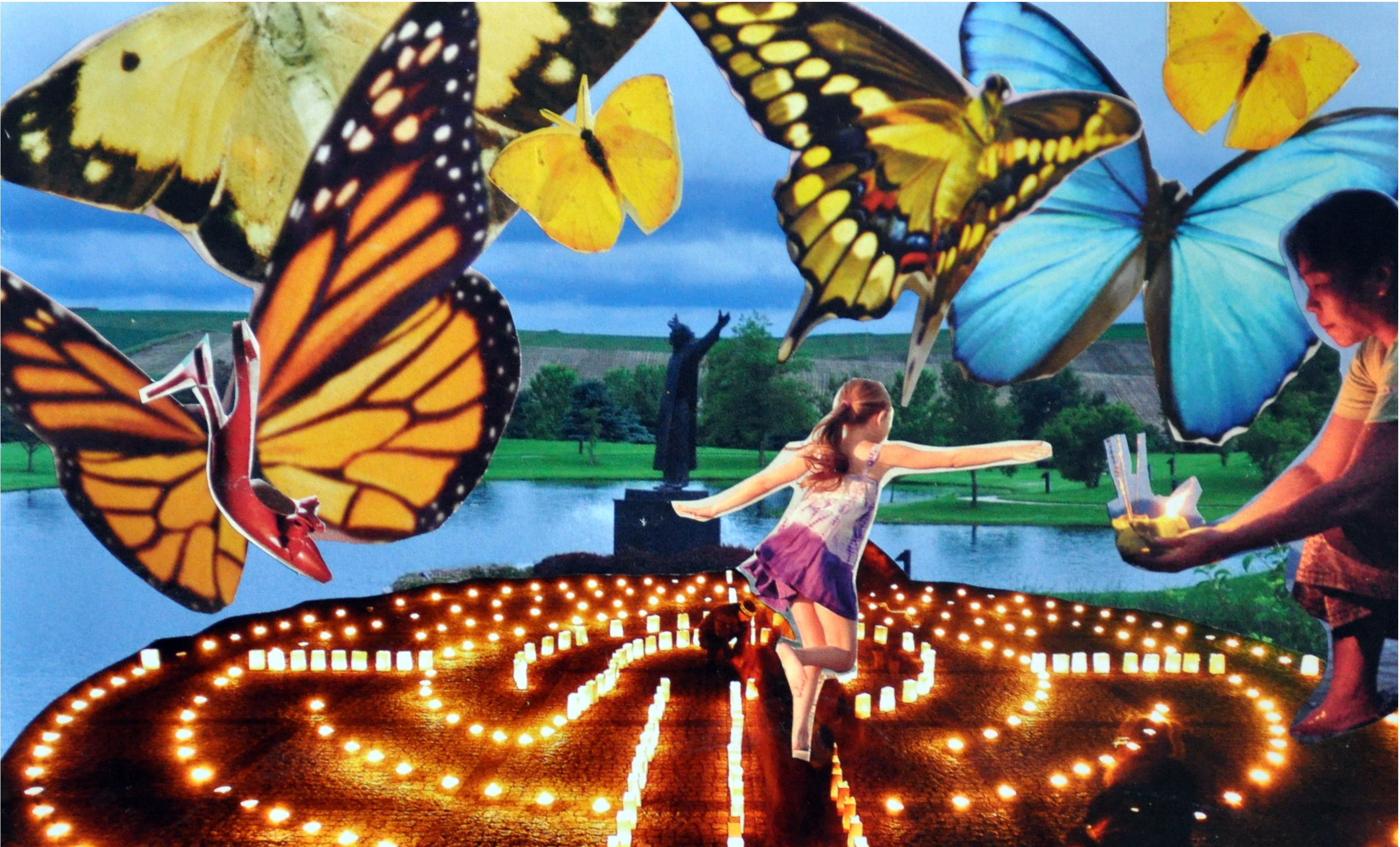The Days of Awe is a ten-day period that begins with Rosh Hashanah (Jewish New Year) and concludes with the observance of Yom Kippur (Day of Atonement). I learned about this Jewish tradition that dates back to the third century BCE from my sister-in-law, Rachel Pred Gehr.

Rachel wrote about celebrating Rosh Hashanah several years ago on her blog, and it continues to make an impression on my own spirituality (I thought she wrote it just last year—lol, time flies.) I was touched by the ritual of “tashlich” that she described—“the congregation gathers at the creek for a ritual of tossing our sins into the moving stream, signaling a fresh start to the new year.”
She quotes, “The custom of going to a body of water on Rosh Hashanah is a symbolic allusion, for the waters which now seem to be at this place were not here before and will not remain afterward. So, if the sinner says to himself or herself: “I will not repeat my sin; my behavior will change”, the sin, like the waters, will move on.” (A Feminist Tashlich, Rachel Kasten) Our sins are washed away….sounds familiar, doesn’t it?

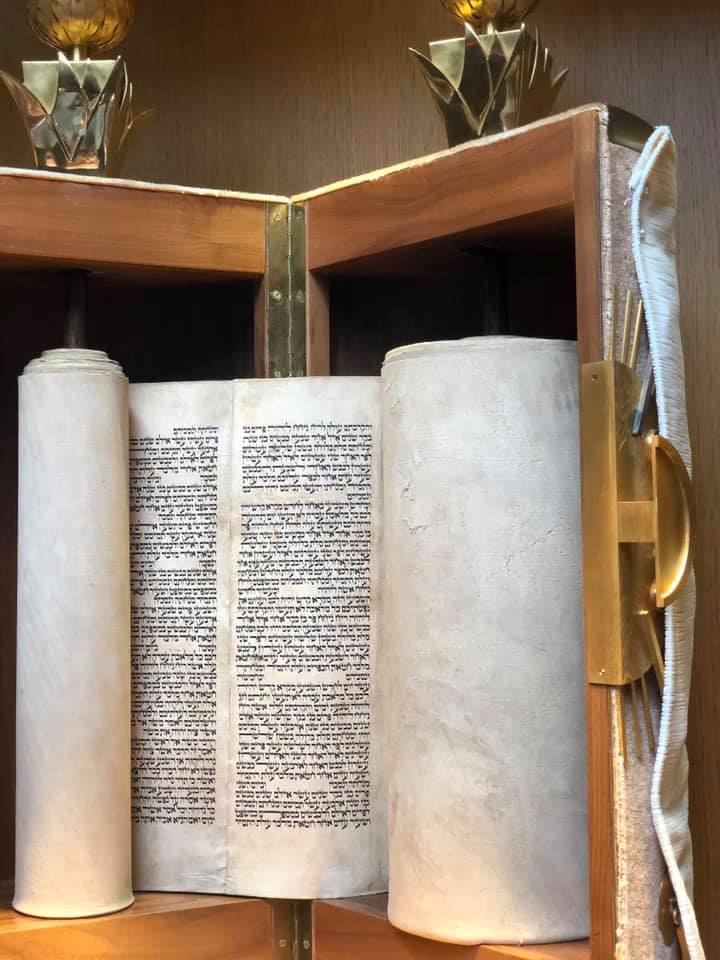
Most of what I know about the Jewish faith I learned in patchwork fashion—from a few friends, “The World’s Religions” by Huston Smith and Google. In elementary school, I had a friend who invited me to her Bat Mitzvah, a ceremony she explained as similar to Confirmation in the Christian church. But it seemed a lot different to this 12-year-old Catholic girl—it spanned two days, a lot of prayers that I didn’t understand, the carrying of a large package through the sanctuary and ending at a party with the fanciest finger food I’d ever eaten.
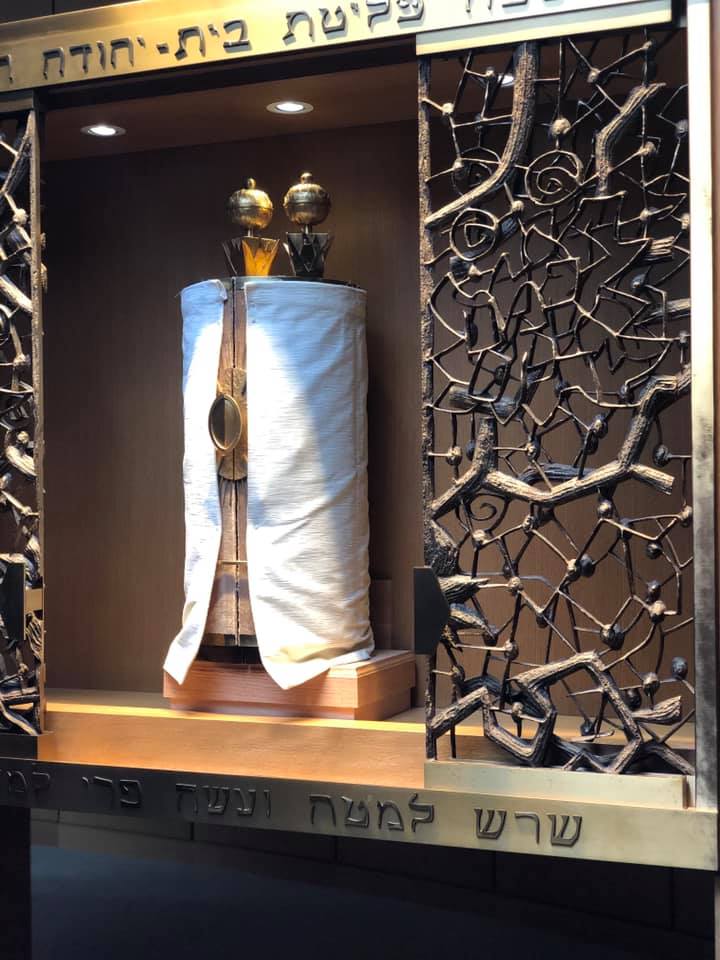
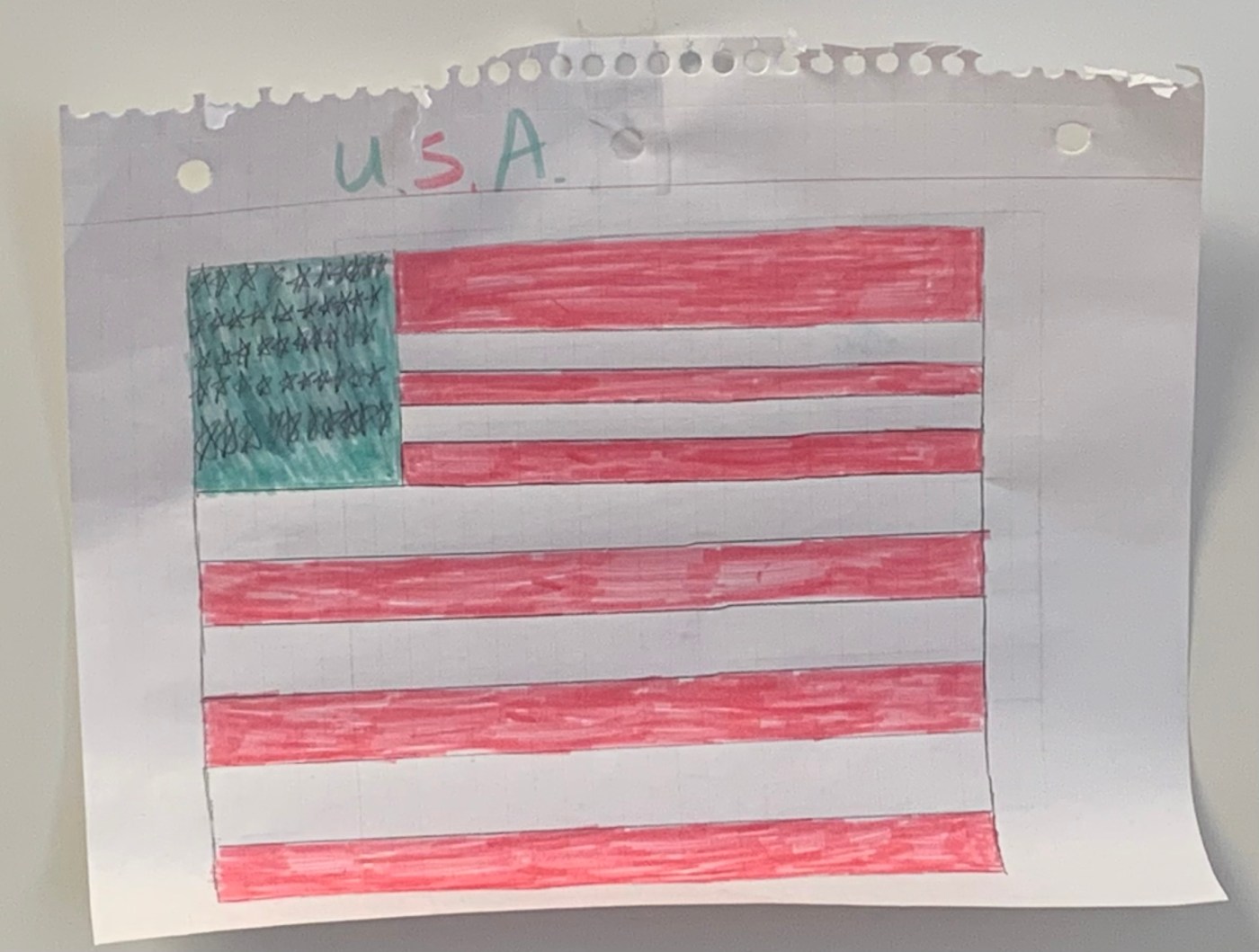














 In addition, walking the stations of the cross or a labyrinth, taking a nature hike, or practicing yoga or tai chi are prayerful forms of movement that engage our bodies while quieting our mind. Going away on retreat is an opportunity to explore and practice various forms of prayer.
In addition, walking the stations of the cross or a labyrinth, taking a nature hike, or practicing yoga or tai chi are prayerful forms of movement that engage our bodies while quieting our mind. Going away on retreat is an opportunity to explore and practice various forms of prayer.
